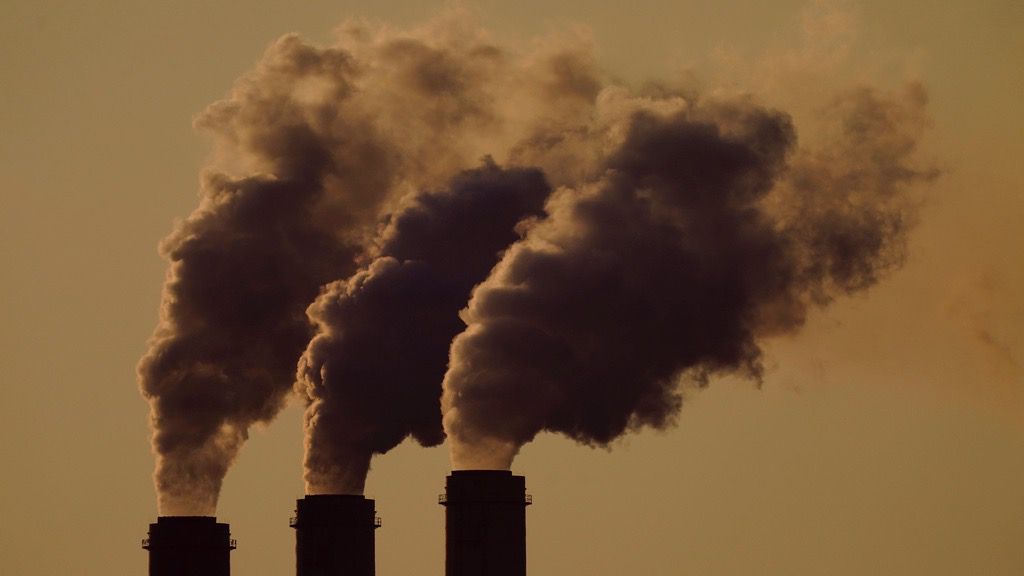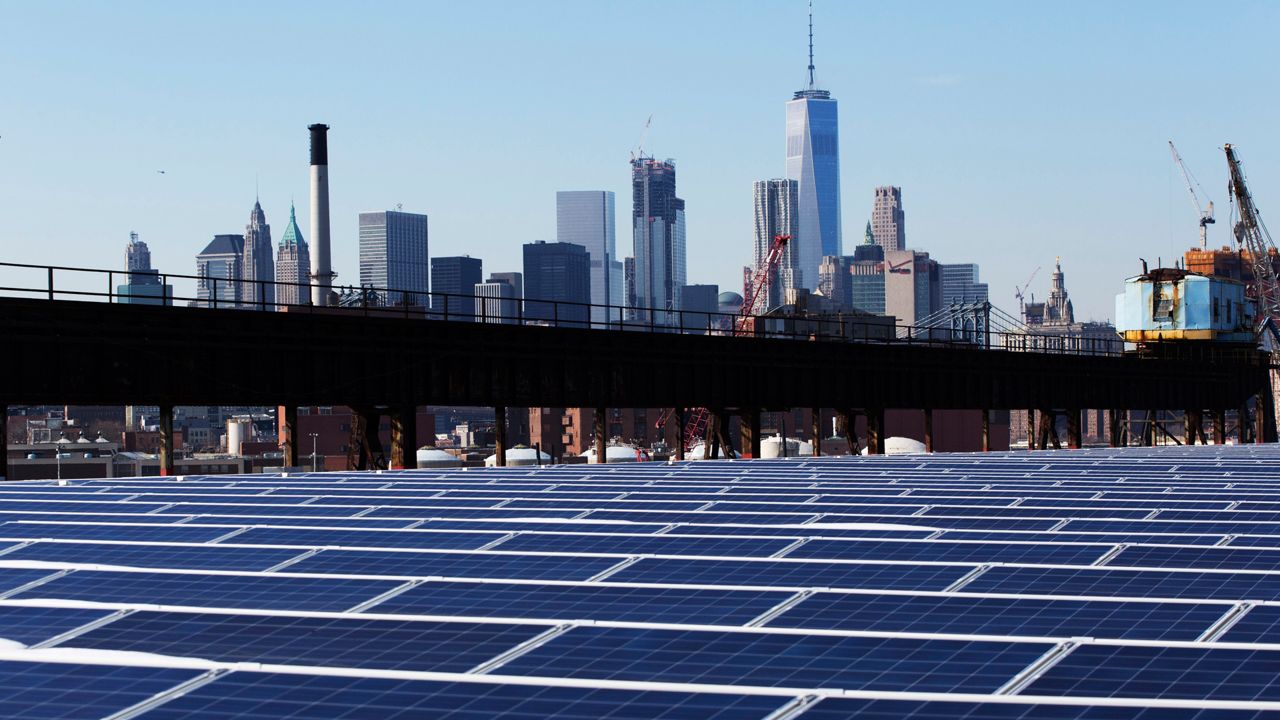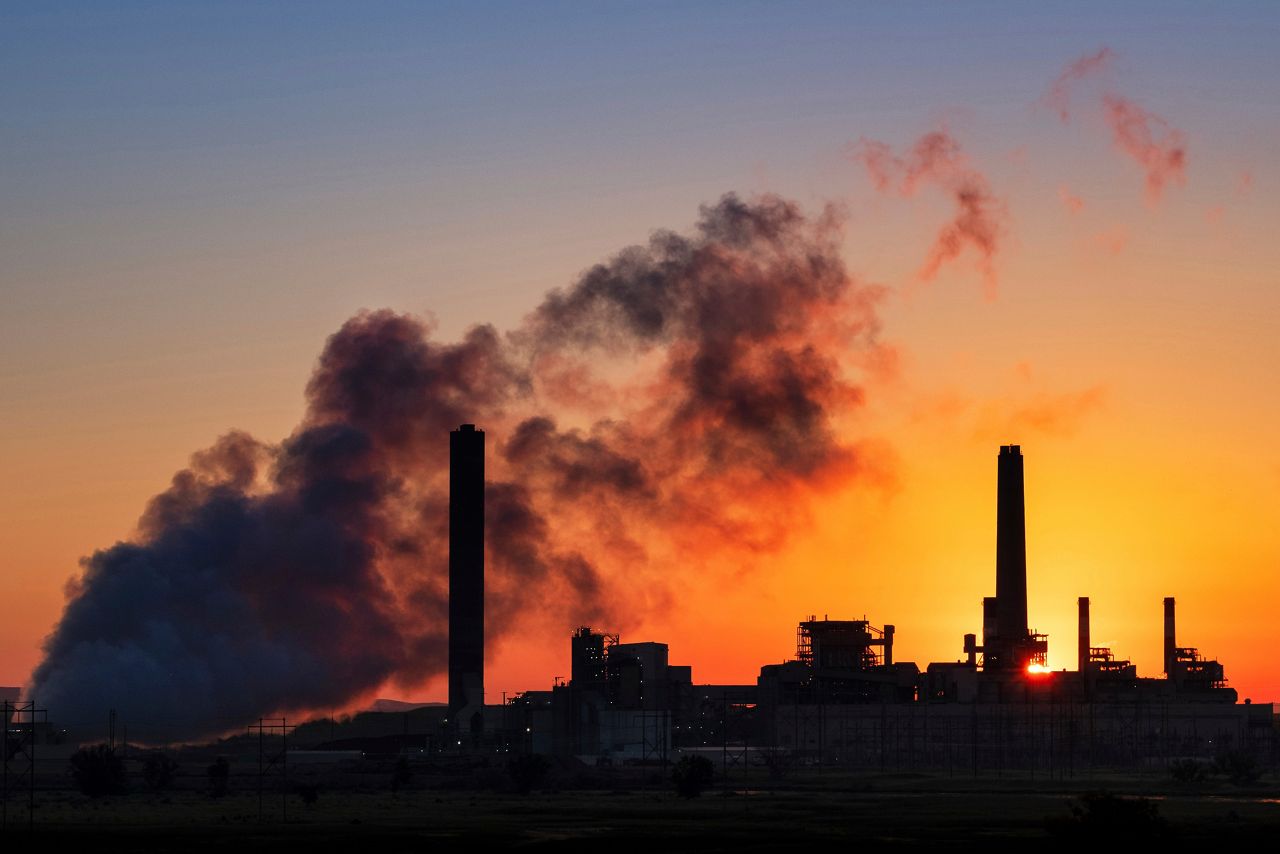World leaders and notable scientists from around the globe have been taking center stage the past 10 days as the U.N.’s 28th meeting of the Conference of Parties (COP 28) wraps up in Dubai. The conference aims to update world nations on the global climate and focus on goals we all need to meet to curb global warming.
But as the conference nears its end, one outstanding question has yet to be answered: how do we measure global warming?
To understand why this is such a big deal, we must go back to 2015, when the Paris Agreement was established.
The agreement, reached back during the 21st meeting of the Conference of Parties (COP 21), set a few long-term goals for all nations to strive to meet. Most notably, two goals stood out.
- Nations need to aim to reduce global greenhouse gas emissions to keep global temperatures well below 2°C above pre-industrial levels.
- Nations should put forth an effort to limit global temperature increase to 1.5°C above pre-industrial levels, which would reduce the worldwide risk and impacts of climate change.
The agreement requires nations to submit a climate plan every five years, known as a Nationally Determined Contribution or NDC, to lie out how their nation will work toward the goals listed above. And over the past several years, nations have followed that plan.
In this July 27, 2018, file photo, the Dave Johnson coal-fired power plant is silhouetted against the morning sun in Glenrock, Wyo. (AP Photo/J. David Ake)
But this year at COP 28 represented an important milestone, as the first “global stocktake” occurred. To put it in the simplest of terms, it looks at all the NDCs laid out so far and matches them to the goals of the Paris Agreement.
This helps to provide a chart of progress to show how far along we are to reaching our goal of limiting warming to below 1.5 °C globally.
But scientists are at a standstill. “Without an agreement on what actually will count as exceeding 1.5 °C, we risk distraction and confusion at precisely the time when action to avoid the worst effects of climate change becomes even more urgent,” writes a team of scientists in a new report from the United Kingdom’s Met Office. “Clarity on breaching the Paris Agreement guard rails will be crucial.”
How do we measure temperature?
We need to determine how we can calculate temperature while avoiding the globe’s natural climate variability.
Global temperatures do not increase smoothly. Instead, they undergo periods of warming and cooling through the Earth’s natural cycle. The cycle can be influenced because of events like El Niño or through gases dispersed by erupting volcanoes.

A man pours cold water onto his head to cool off on a sweltering hot day in the Mediterranean Sea in Beirut, Lebanon, Sunday, July 16, 2023. (AP Photo/Hassan Ammar)
To prove this point, temperatures globally exceeded the 1.5 °C threshold set by the Paris Agreement briefly for at least a month in five of the past eight years.
But did global events like Iceland and Hawaii’s volcanic eruptions or a moderate El Niño event in 2020 influence those temperature readings through a natural warming phase? And if so, does that mean we have already reached the 1.5 °C level?
“A method is needed for filtering out such natural climate cycles”, says the report.
According to the Paris Agreement, brief “warm spells” would not breach the levels set forth in the agreement. The World Meteorological Organization, a subset of the United Nations, has even weighed in saying that the odds of any year in the next five exceeding 1.5 °C warming are 66%.
“Without an agreed metric, there can be no consensus on when the 1.5 °C level has been reached,” said the report. “This is likely to result in distraction and delay just at the point when climate action is most urgent.”
Proposing an alternative approach
If we want to measure climate change based on human induced causes, a new way of measurement is needed. One that filters out the effects of the Earth’s natural cycles.
According to the U.N.’s most recent climate assessment report, they define our current measurement standard by compiling a 20-year average of global temperatures compared to the pre-industrial levels between 1850 and 1900.
But some scientists argue this way of measurement could put the world behind in the race to curb disastrous global effects.
“By this definition, 1.5 °C of warming would be confirmed once the observed temperature rise has reached that level, on average, over a 20-year period,” the report states. “In other words, a decade after crossing the 1.5 °C level. That risks a delay in recognizing and reacting to the crossing point.”

Emissions rise from the smokestacks at the Jeffrey Energy Center coal power plant near Emmett, Kan., Sept. 18, 2021. (AP Photo/Charlie Riedel)
The current U.N. projection in the latest climate assessment report suggests the Earth will breach the 1.5ׄ °C benchmark by 2030. But based on the 20-year average measurement we currently use, it wouldn’t be formally recognized until the year 2040, a full decade after the milestone has occurred.
So, researchers and policy members are proposing a new running measurement. One that would drastically cut down the waiting period to determine that the Earth has reached its benchmark.
“We propose a new indicator — the 20-year average temperature rise centered around the current year”, says the report. “This is estimated by blending observations for the past 10 years with climate model projections or forecasts for the next 10 years and taking an average over the combined 20-year period.”
By cutting down the time of observations, and relying more heavily on future projections, it allows scientists to declare the benchmark sooner, hopefully helping to limit worldwide impacts of achieving a warmer world.
“This estimate is in line with those from the existing instantaneous values, but our metric is more future-proof and consistent with the approaches that are already used to support the Paris agreement,” the report says.

In this Feb. 14, 2017 photo, a rooftop is covered with solar panels at the Brooklyn Navy Yard in New York. (AP Photo/Mark Lennihan)
But this metric hasn’t been adopted yet. Scientists say a discussion on the need for a recognized, single metric for measuring the 1.5 °C threshold should begin immediately. Any delay could risk greater impacts on the global population.
They’re hopeful this discussion can be had before the IPCC issues the next seventh assessment report (AR7) which likely won’t be published until 2030.
“We recommend that work commence urgently to develop a system to put this definition into use. Researchers must ensure that it is ready well before the controversy begins over whether global warming has exceeded 1.5 °C.”
Our team of meteorologists dives deep into the science of weather and breaks down timely weather data and information. To view more weather and climate stories, check out our weather blogs section.

